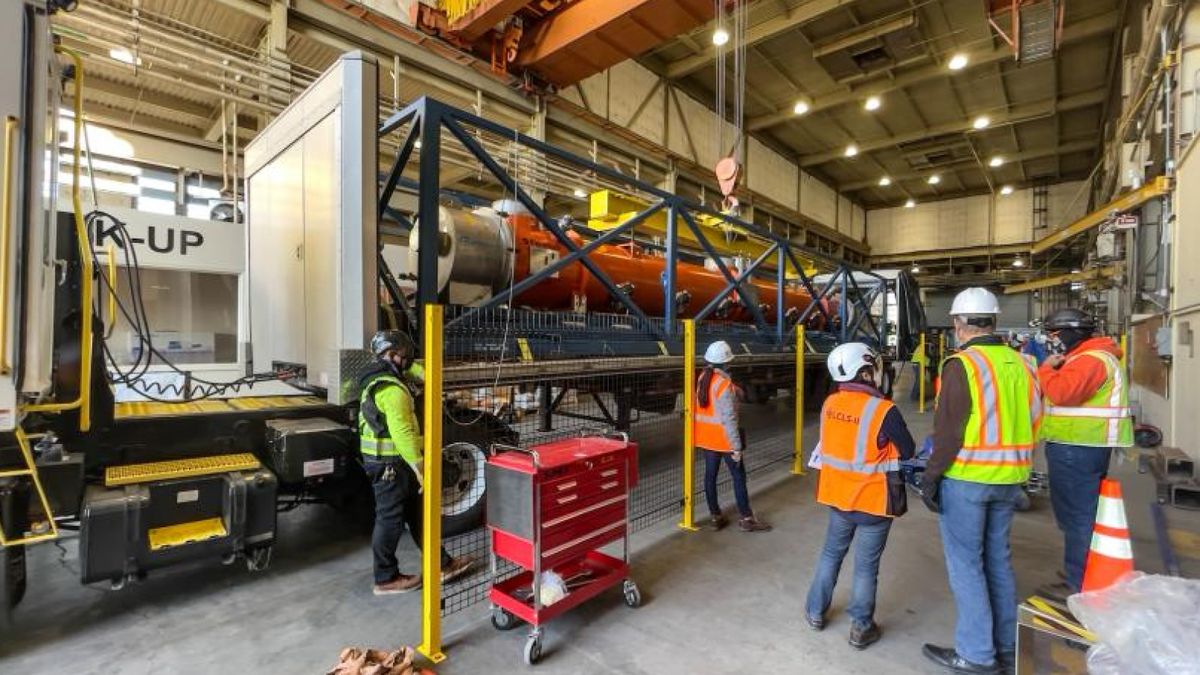Travel
Why historic Gettysburg should be on your US travel list

Morning mist often blankets the rolling green hills and red-barned farms of Gettysburg. But for three days in July 1863, cannon smoke and gunfire covered the landscape as the Battle of Gettysburg raged in this town in southern Pennsylvania. There were an estimated 51,000 casualties in the battle, which was the bloodiest conflict of the American Civil War.
Today, travellers come from around the world to visit Gettysburg’s hallowed battlefield, as well as explore the town’s other historic 19th- and 20th-century attractions. Situated a short drive away from Washington, DC (which lies 75 miles to the south) and Philadelphia (located 120 miles to the east), it’s a prime place to discover America’s complex history — particularly as the US prepares to mark its 250th anniversary in 2026. Here’s how to make the most of a visit to Gettysburg — from touring historic homes and battlefields to exploring the charming countryside.
Discover Gettysburg’s storied past
The almost 6,000-acre Gettysburg National Military Park honours the Battle of Gettysburg, which proved to be a turning point in the Civil War and led to President Abraham Lincoln’s stirring Gettysburg Address on 19 November 1863. The park surrounds the town of Gettysburg and features 150 historic buildings, 400 cannons and 1,300 monuments and markers. It’s open to the public for free from dawn until dusk.
Start at the park’s Museum and Visitor Center, a 139,000sq ft facility featuring exhibits and a film about the battle, as well as the celebrated Gettysburg Cyclorama. This restored 42ft-tall, 377ft-long painting-in-the-round from 1884 depicts ‘Pickett’s Charge’, a decisive maneuver on the battle’s third and final day.
Visitors can explore the Gettysburg National Military Park on their own by bike, foot or car. A range of guided tours are also available to help visitors pinpoint key sites, such as a farm-turned-field hospital or the David Wills House, where Lincoln spent the night before he gave the Gettysburg Address at the Gettysburg National Cemetery. At this graveyard, rows and rows of simple white stones mark the final resting spots of 6,000 US soldiers, including 3,500 who perished during the battle.
This statue honouring the 72nd Pennsylvania Volunteer Infantry Regiment is one of 1,300 monuments and markers in Gettysburg National Military Park.
Options for guided tours include bus trips, segway tours with Segways on the Square or horse-riding and horse-drawn carriage rides with Horse Tours of Gettysburg. Visitors can also book a licensed battlefield guide to drive their car around the park and tailor the experience to their interests.
Other storied sites within and close to Gettysburg National Military Park include the new Beyond the Battle Museum. Here, artefacts sit alongside interactive elements to depict what life was like for one local family trapped behind enemy lines during the Civil War. Cutting-edge technology allows visitors to feel the floor shake, hear the sound of gunshots and get a sense of how civilians might have felt as the conflict unfolded.
Adjacent to the battlefield, the Eisenhower National Historic Site consists of the farmhouse and grounds where US President Dwight ‘Ike’ Eisenhower and his wife Mamie hosted diplomats during the Cold War — and eventually retired to in the 1960s. Free tours of the two-storey clapboard and brick house — portions of which date to the 1800s — showcase Ike’s paintings, Mamie’s pink floral china tea set and other personal effects.

The Lincoln Address Memorial commemorates the iconic speech US President Abraham Lincoln gave in Gettysburg on 19 November 1863.
Tour the historic downtown
In Gettysburg’s 19th-century downtown, the Shriver House Museum features guides dressed in era-appropriate attire who tell the story of how this pre-Civil War house served as a battle hospital and a perch for Confederate sharpshooters. A hoop-skirted historian leads Hidden Memories walking tours of the town, including one focused on women during the war. After dark, guides from Civil War Ghosts and Gettysburg Ghost Tours conduct hair-raising strolls combining paranormal tales and historical facts.
Travellers can also use the Black History Trail smartphone app to discover sites such as the St Paul AME Zion Church, which is home to Gettysburg’s oldest African American congregation, founded circa 1838; Lincoln Cemetery, the burial site of Gettysburg’s African American citizens and Civil War veterans; and Thad’s Place, which informs visitors about the life and work of influential congressman and abolitionist Thaddeus Stevens.
Gettysburg’s compact downtown radiates out from Lincoln Square (which is actually a circle), with its most charming spots located along the streets Chambersburg, Baltimore and Carlisle. Among the antique storefronts, visitors can find a range of places to eat, including the vintage Gettysburg Chocolate Market for coffee, ice cream and candy and The Sign of the Buck, a French-American brasserie in the historic Union Hotel.
Independent shops include Gettysburg Goods — home to locally made crafts, gifts and treats — and the Horse Soldier, a long-running antiques store specialising in military artefacts.

Journey beyond the town centre to discover the picturesque countryside around Gettysburg.
Explore the surrounding countryside
Historic sites, wineries and farm markets dot the scenic countryside close to Gettysburg. Just a short drive away from Gettysburg is Sachs Covered Bridge, which was built in 1852 and used by both Union and Confederate troops during the Civil War. Travellers can walk across this pedestrian-only bridge, which spans Marsh Creek, and enjoy the scenery of the area. There are also more than 20,000 acres of apple orchards in Adams County, located just north and west of the Gettysburg battlefield. These scenic acres are home to more than 35 varieties of apples, and every April and May, the countryside is dotted with apple and peach blossoms. Visitors can sample the area’s agricultural bounty at Hollabaugh Bros. Fruit Farm and Market — a family-owned farm selling local fruits, vegetables, meats, homemade baked goods and ice cream — or at the Mason-Dixon Distillery, which serves up spirits, including vodka, aged rum and corn whiskey, made from scratch on site.
There are daily international flights to Baltimore, Washington, DC and Philadelphia. Renting a car is the easiest way to reach Gettysburg from each airport — Baltimore and Washington, DC are both less than two hours from Gettysburg by car, while Philadelphia is approximately a two-and-a-half hour-drive away. Once in the town, Gettysburg has multiple rideshare services and the rabbittransit public bus system. For more information, visit destinationgettysburg.com
To subscribe to National Geographic Traveller (UK) magazine click here. (Available in select countries only).









